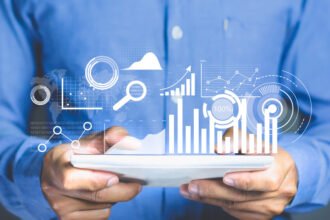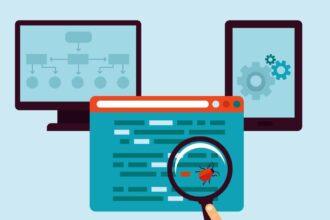Swap out a few terms in a recent New York Times story about farmers’ attempt to split California, and you might see the IT vs. business saga.
A quote halfway through caught my eye: “The agricultural industry is in this mode that says, ‘You will eat what’s put in front of you,’ and that’s a very condescending view of consumers and eaters. If customers are changing their preferences, the industry needs to change its ways.” Earlier in the story, an old farmer complains, “Those Hollywood types don’t have any idea what’s going on out here on the farms.”
Big Agriculture — affectionately shortened to Big Ag — seems analogous to the enigmatic Big BI. We can map food shoppers to business users, and back again.
The vast, quietly desperate majority settle for pre-packaged solutions, whether frozen dinners or standard reports. Most see little reason to change, or else they hate it all but see no way out. Locally grown produce? New ways of looking at the data? Yeah, right.
Some turn to alternatives like LucidEra, DataSelf and Birst, the on-demand chefs. They’re for people with food in the kitchen, of any origin, who don’t know what to do with it all or don’t have time.
Then we have the do-it-your…
Swap out a few terms in a recent New York Times story about farmers’ attempt to split California, and you might see the IT vs. business saga.
A quote halfway through caught my eye: “The agricultural industry is in this mode that says, ‘You will eat what’s put in front of you,’ and that’s a very condescending view of consumers and eaters. If customers are changing their preferences, the industry needs to change its ways.” Earlier in the story, an old farmer complains, “Those Hollywood types don’t have any idea what’s going on out here on the farms.”
Big Agriculture — affectionately shortened to Big Ag — seems analogous to the enigmatic Big BI. We can map food shoppers to business users, and back again.
The vast, quietly desperate majority settle for pre-packaged solutions, whether frozen dinners or standard reports. Most see little reason to change, or else they hate it all but see no way out. Locally grown produce? New ways of looking at the data? Yeah, right.
Some turn to alternatives like LucidEra, DataSelf and Birst, the on-demand chefs. They’re for people with food in the kitchen, of any origin, who don’t know what to do with it all or don’t have time.
Then we have the do-it-yourselfers. Those who insist they “need nothing fancy” prefer Excel, perhaps with the Veg-O-Matic add-in for slicing and dicing.
What to some food users is “fancy” is to others a cause to celebrate, and tools like Tableau Desktop and Lyza stay as close as the chef’s knife.
Tableau users are the Alice Waters of the data crowd: foraging local and remote sources, tasting, combining and trying out new concepts every day on friends in the kitchen and often at dinner parties. To them, data’s more than food, it’s the fire, too.
Lyza users also forage for eventual presentation, but at heart they may be more like old-time homesteaders. They thrash, mill and grind to extract the best they can get. They’ll wallow in muddy data if it means finding something better there. They’d rather do that than let someone else do it for them.
Meanwhile, back at Big Ag, the old farmer’s been out at shopping malls testing support for his initiative to split the state in two. He says, “I’m an old hound dog. If I’m barking up a tree, I want to know how many squirrels are up there.” I think he’s barking at data, not food.









